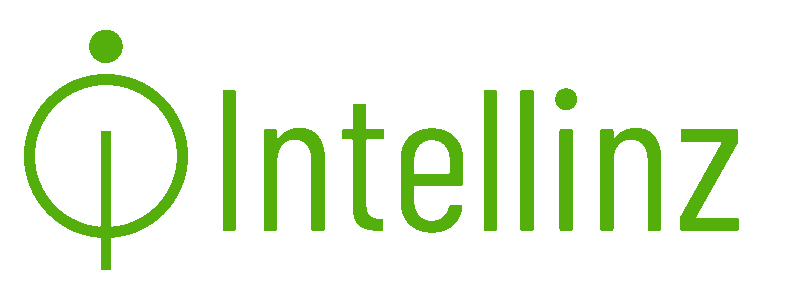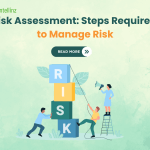It could be time to start implementing a project management strategy if you’ve ever thought that managing the project team is like herding cats.
A solid project management plan lays out the direction you’re going in and how to recognize when you’ve arrived, much as you wouldn’t embark on a significant journey without having a clear notion of your destination and the path you are going to take.
What is a project management plan?
A project management plan is a document that outlines all the information your team needs to be aware of regarding the project. Your written plan must incorporate feedback from project managers, significant stakeholders, and the rest of the team, much like the beginning phases of the project planning process.
Typically, a project plan document includes:
- project’s timeline and schedule
- project’s objectives and outputs
- plan for managing costs and human resources
- plan for managing risks
- plan for the management of the project’s stakeholders, organizational procedures, and other crucial business data that may have an impact on the project’s execution
Here are 8 benefits of a project management plan.
- Defines the project’s limits, scope, and deliverables
The first stage is to define the project’s scope, which will assist you to establish the project’s parameters and ensure clarity on the deliverables you’ll be producing.
You must now specify how changes are to be handled as part of your scope management planning. Once the project has started, some components will almost certainly need to be modified. This is acceptable as long as everyone agrees on the proper procedure. You may balance the expectations of the team and the client with the help of scope management.
2. Gets everyone clear on the budget and timelines
The project manager can foster transparency by providing the team with accurate information regarding the project’s budget and schedule. This can be used for schedule development, as the scope is translated into a work breakdown structure (WBS), to ensure all tasks are completed at the right point in the project timeline.
3. Establishes the resource requirements for the project
A resource management strategy that outlines the crucial resources you will need to effectively finish the project should be part of the overall project plan. Your resource plan should specify the expertise needed from the project resources at different stages in addition to the number of working hours required.
4. Defines what success looks like for the project
The more specific your project’s goals are, the simpler it will be for team members and clients to determine whether those objectives have been reached. This can lessen scope creep resulting from misunderstood expectations and ensure you fulfill your commitment to the client.
5. . Helps you identify risks (and decide how to respond to them)
The likelihood of a project’s success is increased if a project risk strategy is one of the key elements of a project management plan. It makes sure that there will be enough resources on hand in the event of a problem and helps the team understand how to respond to risks as they materialize.
6. Helps you establish how to report on the project
Your project plan should specify the metrics and reporting measures that will be used to track the project’s progress and report on its status. Depending on your project management approach and the kind of project you’re working on, you’ll opt to include different information.
7. Outlines how project communications will be managed
A communication management plan that you include in your project plan template will help to ensure that communication channels are open from the beginning of the project. This includes how and when different project-related information should be shared both internally and externally, as well as with whom.
8. Helps you with stakeholder management
Your project’s overall strategy may include a stakeholder management plan that specifies how stakeholder interactions will be managed. The client experience is more likely to be peaceful, controlled, and constant across projects if you have a clear plan in place for this crucial aspect of your project operations.
Wrap-up
The team runs the risk of missing a goal or losing sight of how each project is to be handled, even though the range of projects from the digital firm makes the job more exciting. A project management plan, however, consolidates all the pertinent data into one location, giving your team a single point of contact for any questions.






